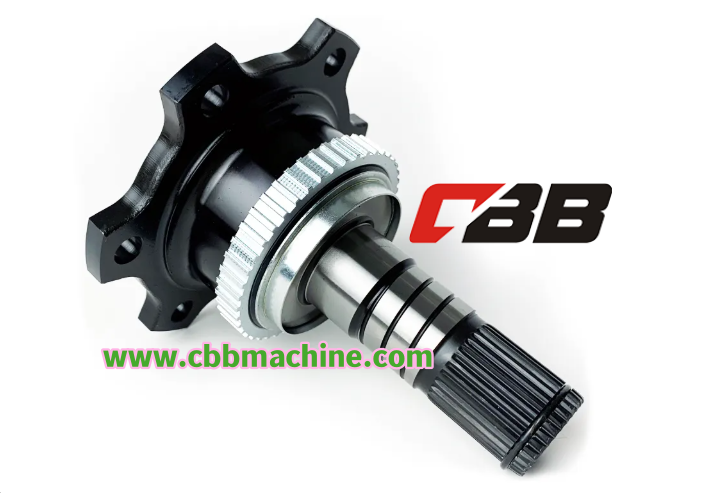What Keeps the Differential Shaft Central to Modern Industry?

In the evolving language of mechanical control, the Differential Shaft designed by Cbbmachine offers a distinct response to one of manufacturing's most subtle challenges—synchronizing tension and motion across multiple winding points. It is a device not defined by spectacle but by quiet accuracy, enabling simultaneous operations to maintain harmony under changing loads. Within its rotation lies a design principle built on equilibrium: to let each reel act independently while staying connected through shared control.
The essence of the differential mechanism rests in its adaptability. As materials shift, expand, or tighten, the shaft compensates automatically, distributing torque where it is needed and releasing it where it is not. This creates a balanced state where every roll aligns with its own pace, preventing slippage, overlapping, or uneven winding. The result is a process that sustains quality without interruption, even as the rhythm of production shifts.
This approach resonates strongly in industries where continuous web handling defines efficiency. In film, foil, paper, or textile processing, consistent tension control determines the outcome long before finishing. A differential system bridges the natural differences between reels, allowing machinery to work not against variation, but with it. By turning variability into cooperation, the shaft transforms potential friction into coordinated precision.
Yet its value extends beyond mechanics. It reflects a design philosophy that respects the nature of movement—neither forcing nor restraining, but guiding it toward balance. This concept transforms mechanical energy into a relationship of quiet understanding. Each part of the shaft, from its core to its outer elements, contributes to this dialogue of controlled motion. Over time, it becomes not just a component of production, but a partner in maintaining consistency and reliability.
Modern manufacturing often measures success through speed or output, yet beneath that surface lies the real strength: stable synchronization. The differential system reminds us that true progress depends on measured alignment rather than uncontrolled acceleration. It is a subtle harmony, one that sustains both machinery and the people who rely on its rhythm.
For those who see precision as a language worth mastering, there is value in witnessing how design can speak through motion. Visit https://www.cbbmachine.com/news/industry-news/what-is-a-differential-shaft.html — not simply to read specifications, but to experience how balanced engineering becomes movement refined into art.
- Art
- Causes
- Crafts
- Dance
- Drinks
- Film
- Fitness
- Food
- Jeux
- Gardening
- Health
- Domicile
- Literature
- Music
- Networking
- Autre
- Party
- Religion
- Shopping
- Sports
- Theater
- Wellness


